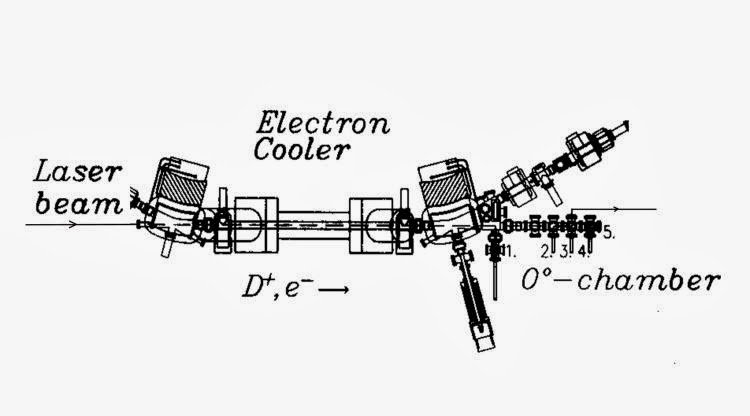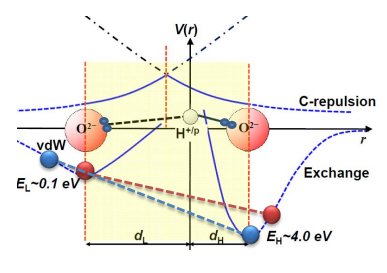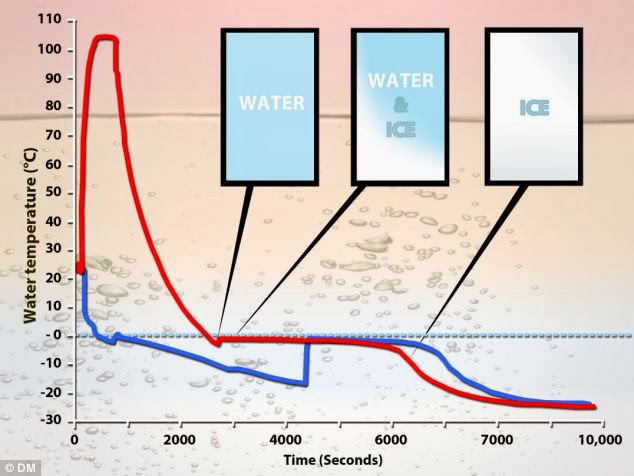 But although sounds Ok or kinda of small so here a proposition down a $ 100K deposit on the upcoming Cirrus use share stock as 'This-Jet,' has a tiny single-engine 'the aircraft that doesn't exist yet but has been tested mainly by Germany'. Full-sized models are now touring the world, and when it does fly, the personal jet will go 345 mph, up to 25,000 feet, and have a range of 1000 miles. Like all Cirrus airplanes, The-Jet will 'have a parachute in its nose', giving you extra assurance that you won't be included in the ranks of a'doctored-killer' into the book of aircraft casualties. Cirrus has reportedly leased a hangar in Minnesota to begin building the 7-seat (if three passengers are babies) jets, and plans to manufacture the small planes out of lightweight carbon fiber? where get design from.
But although sounds Ok or kinda of small so here a proposition down a $ 100K deposit on the upcoming Cirrus use share stock as 'This-Jet,' has a tiny single-engine 'the aircraft that doesn't exist yet but has been tested mainly by Germany'. Full-sized models are now touring the world, and when it does fly, the personal jet will go 345 mph, up to 25,000 feet, and have a range of 1000 miles. Like all Cirrus airplanes, The-Jet will 'have a parachute in its nose', giving you extra assurance that you won't be included in the ranks of a'doctored-killer' into the book of aircraft casualties. Cirrus has reportedly leased a hangar in Minnesota to begin building the 7-seat (if three passengers are babies) jets, and plans to manufacture the small planes out of lightweight carbon fiber? where get design from. Based on the Bell Aerosystems jetpack built for the US military and first flown untethered in 1961, its propulsion is more like a water balloon than a jet engine When the fuel comes in contact with a catalyst such as silver or platinum, the liquid quickly decomposes into water vapor and oxygen, expanding through two nozzles, and providing enough thrust to lift a 180-pound person State of the art: There are two major players. Tecaeromex offers the only jetpack for sale right now, and once you've laid down the $ 125,000 for the unit itself, you'll have to go through 50 test flights just learn how to control it. Then there's Jetpack international (Jet PI), the company that handles most of the exhibition flying these days. It flies the Go-Fast Jetpack H2O2-Z you see in the video above. It holds eight gallons of fuel that can propel it for 43 seconds at a maximum speed of 77 mph orbital adventure concept not an aircraft but a floating pain parachute in its the nose here is a cirrus cockpit.
Based on the Bell Aerosystems jetpack built for the US military and first flown untethered in 1961, its propulsion is more like a water balloon than a jet engine When the fuel comes in contact with a catalyst such as silver or platinum, the liquid quickly decomposes into water vapor and oxygen, expanding through two nozzles, and providing enough thrust to lift a 180-pound person State of the art: There are two major players. Tecaeromex offers the only jetpack for sale right now, and once you've laid down the $ 125,000 for the unit itself, you'll have to go through 50 test flights just learn how to control it. Then there's Jetpack international (Jet PI), the company that handles most of the exhibition flying these days. It flies the Go-Fast Jetpack H2O2-Z you see in the video above. It holds eight gallons of fuel that can propel it for 43 seconds at a maximum speed of 77 mph orbital adventure concept not an aircraft but a floating pain parachute in its the nose here is a cirrus cockpit.Limitations are even though both jetpacks use the latest aerospace materials such as carbon fiber, Kevlar, titanium and aluminum, the 78-pound H2O2-Z, the longest-flying model yet, is still limited to a maximum

airborne time of 41 seconds The jetpacks' peroxide propellant is expensive and hard to come by, they're so dangerous that only skydivers need apply, and they're difficult to learn how to fly since there's no simulator Applications according to Tecaeromex's Juan Lozano, don't expect . to depend on it to fly you to work every morning For flying short exhibition flights, that huge chunk of change might be a good investment, says Lozano: "The flight time is very limited, but it is a great business for shows, special events and sport events because you charge about $ 25,000 for each flight. So the business is great.
 'space crusers take to see a guy flying around with a jet-pack is a spectacular sight, and that's the only use for the devices these days. It takes a lot of skill to fly one, too If control of a jet-pack could be computer-assisted, it would be a lot safer. This might be possible someday, according to Tecaeromex's Juan Lozano.' Now we see micro toys that are stabilized in flight.
'space crusers take to see a guy flying around with a jet-pack is a spectacular sight, and that's the only use for the devices these days. It takes a lot of skill to fly one, too If control of a jet-pack could be computer-assisted, it would be a lot safer. This might be possible someday, according to Tecaeromex's Juan Lozano.' Now we see micro toys that are stabilized in flight. Maybe someday you will be able to fly your own jetpack with software similar to that used in the two-wheel stand-up vehicles like the Segway, that is computer stabilized. "However, it's going to be difficult to extend the flying time of this design , because the weight of the fuel will become too cumbersome for most people to carry on their backs. This technology it looks like it'll be stuck in the realm of the carnival concept keeping to confines of a new type air ship, though although admiration to Virgin Atlantic picture above is from the zeppelin. Today advances in technology almost like aircraft point to 'Skylon Space Aircraft'.
Maybe someday you will be able to fly your own jetpack with software similar to that used in the two-wheel stand-up vehicles like the Segway, that is computer stabilized. "However, it's going to be difficult to extend the flying time of this design , because the weight of the fuel will become too cumbersome for most people to carry on their backs. This technology it looks like it'll be stuck in the realm of the carnival concept keeping to confines of a new type air ship, though although admiration to Virgin Atlantic picture above is from the zeppelin. Today advances in technology almost like aircraft point to 'Skylon Space Aircraft'.  State of the art because of the device probably won't be able to stay in the air with only one of its engines working, it's equipped with a parachute Its automation can be set to limit its height, speed, and to avoid obstacles. Limitations as it's so unwieldy it can hardly be called a backpack, it's impossible to walk around with it Not available for sale yet, the company plans to deliver its first 10 jetpacks to customers in 2010 While it's been tested on a tether indoors , it still hasn't performed an untethered, unassisted outdoor flight.
State of the art because of the device probably won't be able to stay in the air with only one of its engines working, it's equipped with a parachute Its automation can be set to limit its height, speed, and to avoid obstacles. Limitations as it's so unwieldy it can hardly be called a backpack, it's impossible to walk around with it Not available for sale yet, the company plans to deliver its first 10 jetpacks to customers in 2010 While it's been tested on a tether indoors , it still hasn't performed an untethered, unassisted outdoor flight. Applications are intended as a recreational vehicle, it also might be available for rental, similar to skydiving It can also be used for surveying, rescue operations, and law enforcement. This is more of a small plane that you strap yourself into than a jetpack, but it looks like it would give you a similar thrill to the one you get from a powered ultralight aircraft as above just steer clear of any birds as Sir Richard Branson has developed his own private space port. Here at Space Cruising there are a few questions one being the afford? So like Henry 'full outlay on varied plans and costs compete a range of safe products' so as they say thank you.
Applications are intended as a recreational vehicle, it also might be available for rental, similar to skydiving It can also be used for surveying, rescue operations, and law enforcement. This is more of a small plane that you strap yourself into than a jetpack, but it looks like it would give you a similar thrill to the one you get from a powered ultralight aircraft as above just steer clear of any birds as Sir Richard Branson has developed his own private space port. Here at Space Cruising there are a few questions one being the afford? So like Henry 'full outlay on varied plans and costs compete a range of safe products' so as they say thank you.






























